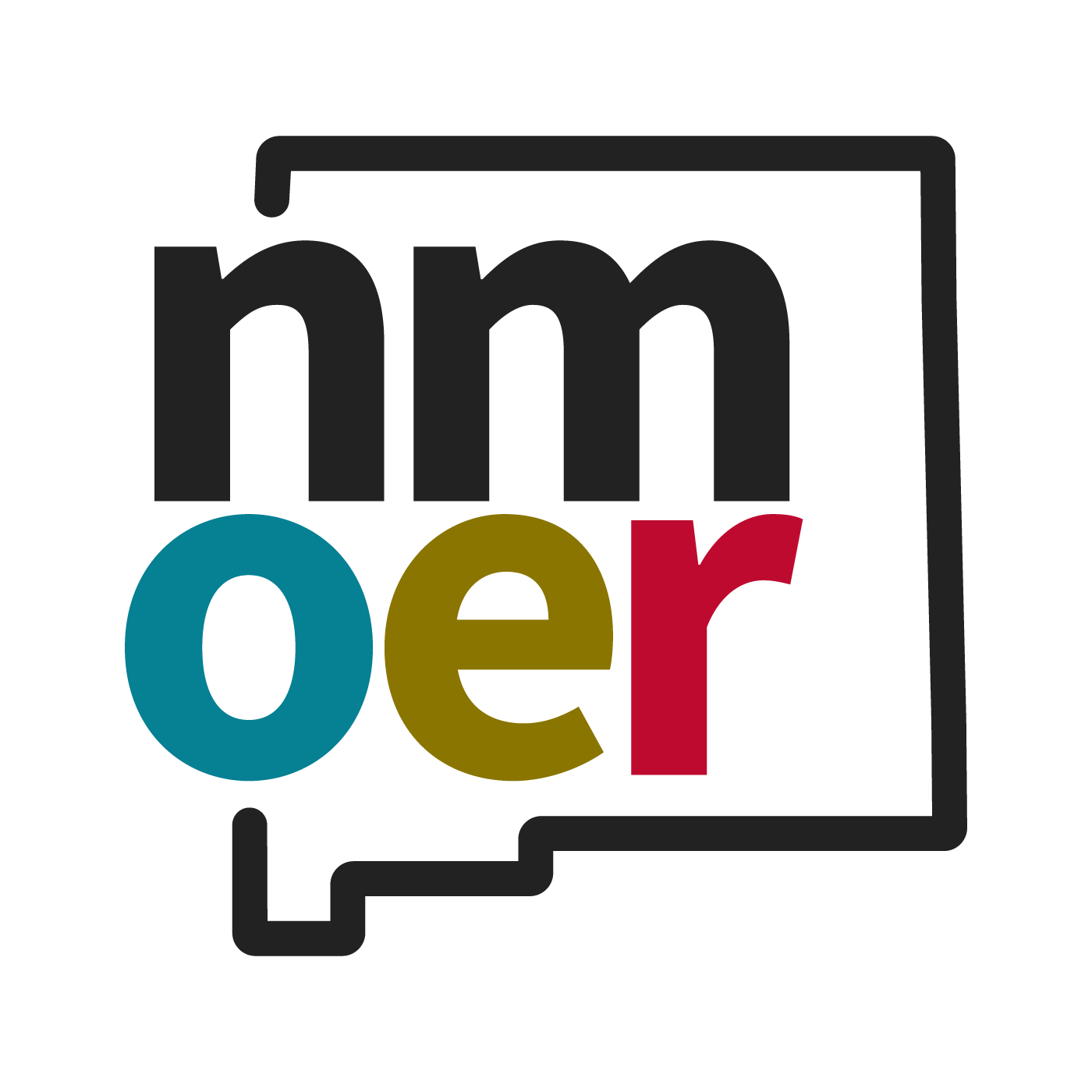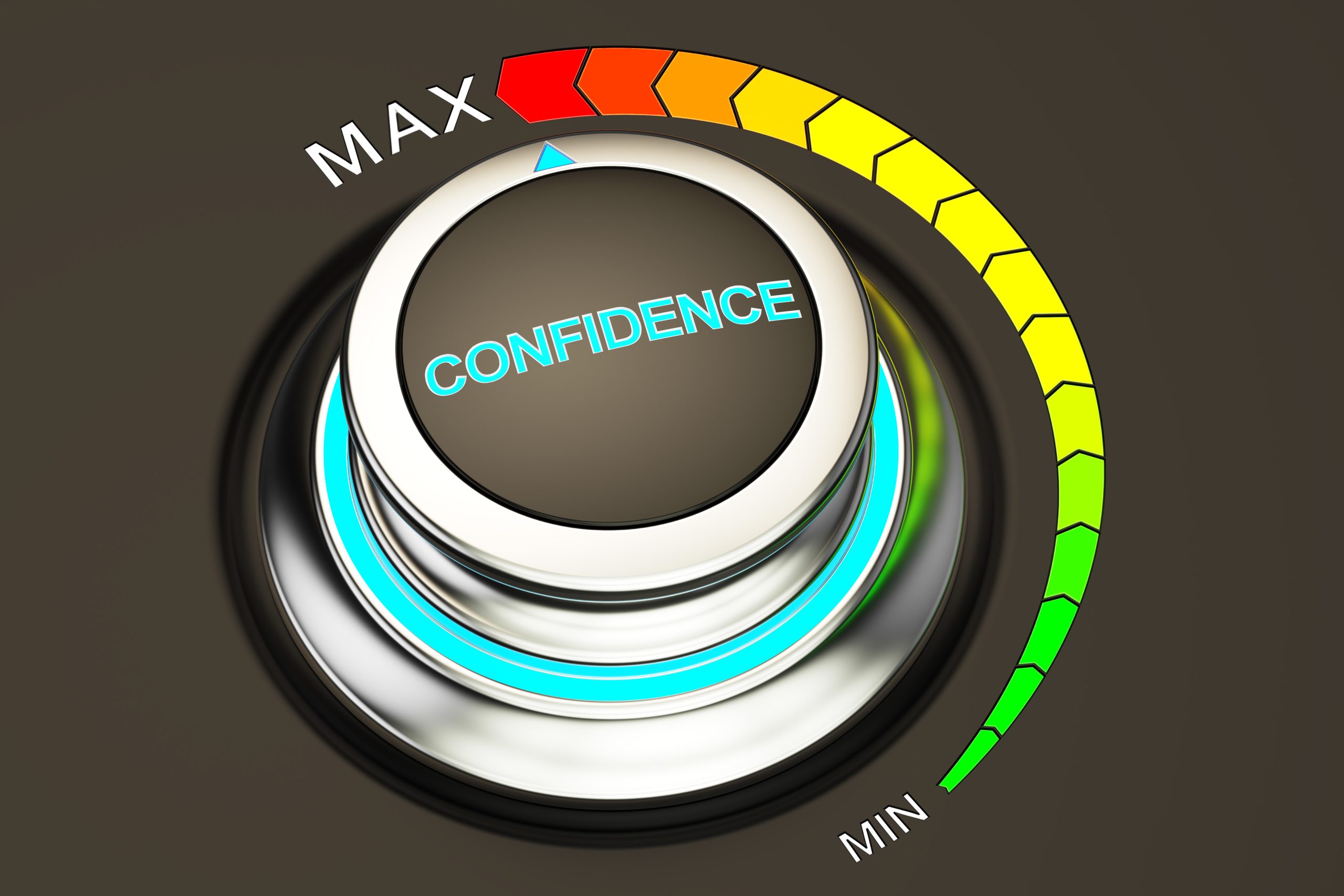Chapter 20: Interviewing
Chapter Learning Objectives
- 20.1 Identify different types of job interviews, including phone, video, panel, and behavioral interviews, and understand the expectations for each format. (SLO 3)
- 20.2 Apply effective interview preparation strategies, such as researching the company, practicing responses, and preparing questions for the interviewer. (SLO 2, 3)
- 20.3 Demonstrate professional communication and body language during interviews to convey confidence, competence, and enthusiasm. (SLO 1, 2, 3)

If your résumé and cover letter have served their purposes well, you will be invited to participate in an interview with the company or organization in which you are interested. Congratulations! It’s an
exciting time, and your prospects for employment are very strong if you put in the time to be well prepared.
In this section we look at how to get ready for an interview, what types of interviews you might need to engage in, and what kinds of questions you might be asked.
Preparing Effectively for a Job Interview
Click on each step below for more information on how to effectively prepare for a job interview:
Step 1: Review the Job Description
Step 2: Research the Company or Organization
Researching the company will give you a wider view of what the company is looking for and how well you might fit in. Your prospective employer may ask you what you know about the company. Being prepared to answer this question shows that you took time and effort to prepare for the interview and that you have a genuine interest in the organization. It shows good care and good planning—soft skills you will surely need on the job.
Step 3: Practice Answering Common Questions
Most interviewees find that practicing the interview in advance with a family member, a friend, or a colleague eases possible nerves during the actual interview. It also creates greater confidence when you walk through the interview door
Watch this video from Indeed: ”How to Answer Tricky Interview Questions the Right Way”
Step 4: Plan to Dress Appropriately
Interviewees are generally most properly dressed for an interview in business attire, with the goal of looking highly professional in the eyes of the interviewer. What you wear is an extension of your personal brand and can help with the first impression that you are qualified to do the job.
Watch this short video from Indeed: “Business Formal vs. Business Casual: What to Wear to an Interview”
Step 5: Come Prepared
Plan to bring your résumé, cover letter, and a list of references to the interview. Even if you submitted everything electronically already! You may also want to bring a portfolio of representative work. Leave behind coffee, chewing gum, and any other items that could be distractions.
Step 6: After the Interview
Follow up with your contacts. Sending a professional thank you note summarizing your interest in the job, brief questions about what you learned during the interview and showing your appreciation for their consideration can make a final impression to help you stand out.
Job Interview Types and Techniques
Every interview you participate in will be unique: The people you meet with, the interview setting, and the questions you’ll be asked will all be different from interview to interview. The various factors that characterize any given interview can contribute to the sense of adventure and excitement you feel. But it’s also normal to feel a little nervous about what lies ahead. With so many unknowns, how can you plan to “nail the interview” no matter what comes up?
A good strategy for planning is to anticipate the type of interview you may find yourself in. There are common formats for job interviews, described in detail, below. By knowing a bit more about each type and being aware of techniques that work for each, you can plan to be on your game no matter what form your interview takes.
Screening Interviews
Screening interviews might best be characterized as “weeding-out” interviews. They ordinarily take place over the phone or in another low-stakes environment in which the interviewer has maximum control over the amount of time the interview takes. Screening interviews are generally short because they glean only basic information about you. If you are scheduled to participate in a screening interview, you might safely assume that you have some competition for the job and that the company is using this strategy to whittle down the applicant pool. With this kind of interview, your goal is to win a face-to-face interview. For this first shot, though, prepare well and challenge yourself to shine. Try to stand out from the competition and be sure to follow up with a thank-you note.
Phone or Web Conference Interviews
If you are geographically separated from your prospective employer, you may be invited to participate in a phone interview or online interview, instead of meeting face-to-face. Technology, of course, is a good way to bridge distances. The fact that you’re not there in person doesn’t make it any less important to be fully prepared, though. In fact, you may wish to be all the more “on your toes” to compensate for the distance barrier. Make sure your equipment (phone, computer, Internet connection, etc.) is fully charged and works. If you’re at home for the interview, make sure the environment is quiet and distraction-free. If the meeting is online, make sure your video background is pleasing and neutral, like a wall hanging or even a white wall.

One-on-One Interviews
The majority of job interviews are conducted in this format—just you and a single interviewer—likely with the manager you would report to and work with. The one-on-one format gives you both a chance to see how well you connect and how well your talents, skills, and personalities mesh. You can expect to be asked questions like “Why would you be good for this job?” and “Tell me about yourself.” Many interviewees prefer the one-on-one format because it allows them to spend in-depth time with the interviewer. Rapport can be built. As always, be very courteous and professional. Have handy a portfolio of your best work.
Panel Interviews
An efficient format for meeting a candidate is a panel interview, in which perhaps four to five coworkers meet at the same time with a single interviewee. The coworkers comprise the “search committee” or “search panel,” which may consist of different company representatives such as human resources, management, and staff. One advantage of this format for the committee is that meeting together gives them a common experience to reflect on afterward. In a panel interview, listen carefully to questions from each panelist, and try to connect fully with each questioner. Be sure to write down names and titles, so you can send individual thank-you notes after the interview.
Serial Interviews
Serial interviews are a combination of one-on-one meetings with a group of interviewers, typically conducted as a series of meetings staggered throughout the day. Ordinarily this type of interview is for higher-level jobs, when it’s important to meet at length with major stakeholders. If your interview process is designed this way, you will need to be ultra-prepared, as you will be answering many in-depth questions. Stay alert.
Lunch Interviews
In some higher-level positions, candidates are taken to lunch or dinner, especially if this is a second interview (a “call back” interview). If this is you, count yourself lucky and be on your best behavior, because even if the lunch meeting is unstructured and informal, it’s still an official interview. Do not order an alcoholic beverage and use your best table manners. You are not expected to pay or even to offer to pay. But, as always, you must send a thank-you note, not just for lunch but for their time and information in the interview.
Group Interviews
Group interviews are comprised of several interviewees and perhaps only one or two interviewers who may make a presentation to the assembled group. This format allows an organization to quickly prescreen candidates. It also gives candidates a chance to quickly learn about the company. As with all interview formats, you are being observed. How do you behave with your group? Do you assume a leadership role? Are you quiet but attentive? What kind of personality is the company looking for? A group interview may reveal this.
View this video from Indeed: “How to Ace an Entry Level Interview | Mock Job Interviews | Indeed Career Tips.
Video: How to Ace an Entry Level Interview | Mock Job Interviews
Conclusion
Prepare for the interview by carefully reviewing the job description and researching the company in advance. This will help you tailor your interview responses to illustrate how your skills and abilities match the needs of the organization. Practice common interview questions with a family member or friend to help you respond to questions more naturally, make a good impression, and build confidence in your interviewing skills.
Come prepared for the interview by dressing professionally for the position and bringing copies of your résumé, cover letter, letters of reference, and samples of your work if relevant to the position. Become familiar with common formats for job interviews, such as screening interviews, one-on-one interviews, phone or web conference interviews, and panel interviews. Each will require different interview techniques from you, and by learning about each type, you will be prepared to demonstrate how you are the best person for the job. Always send a personalized thank you note to each person who interviewed you immediately following the interview.
How to cite this chapter:
Allison, D. (n.d.). Chapter 20: Interviewing. In Pouska, B. (Ed.), Business Professionalism. New Mexico Open Educational Resources Consortium Pressbooks. https://nmoer.pressbooks.pub/businessprofessionalism/
Licenses and Attributions
CC Licensed Content — Original
Campos-Robledo, J., & Nguyen, T. (n.d.). Career/life planning and personal exploration. Lumen Learning, OER Commons. (Licensed under CC BY 4.0.)
CC Licensed Content — Shared Previously
Bruce, L. (n.d.). College success. Lumen Learning. (Licensed under CC BY 4.0.)
Priester, T. C. (Ed.). (n.d.). Foundations of college success: Words of wisdom. Open SUNY Textbooks. (Licensed under CC BY-NC-SA 4.0.)
Original Chapter Source
Original chapter source: Adapted from Career Planning and Personal Exploration by Dawn Allison.



